We find out why galaxies are orientated this way
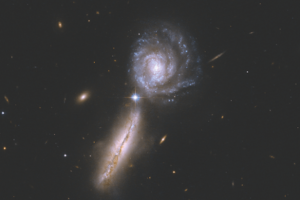 Deep Space
Deep Space

 Deep Space
Deep Space
We find out why galaxies are orientated this way
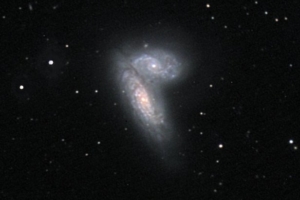 Deep Space
Deep Space
With their billions of stars, why don’t these giant structures light up the entirety of space?
 Astronomy
Astronomy
These “ex-machina” universes will help understand the physical rules that our actual space-time
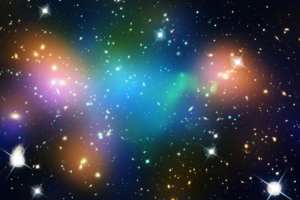 Deep Space
Deep Space
Not much is known about dark matter, but scientists have long-thought that it was the remnant of the birth of the universe
 Deep Space
Deep Space
Rubin became the first person to provide evidence for the existence of dark matter
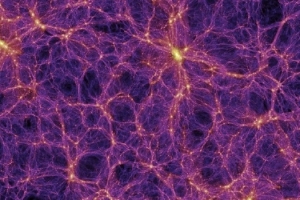 Deep Space
Deep Space
We find out if this material is harbouring a reflection of the cosmos
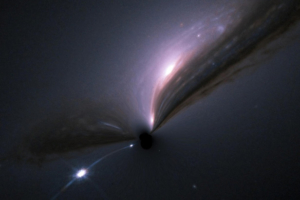 Deep Space
Deep Space
Astronomers are still hunting down the mysterious dark matter that makes up most of the matter in the Universe
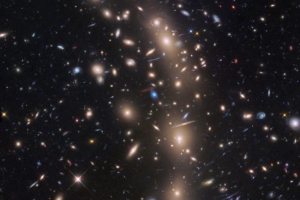 Deep Space
Deep Space
Using Einstein’s general theory of relativity and highly sensitive equipment, astronomers have constrained the role of dark energy in the early universe
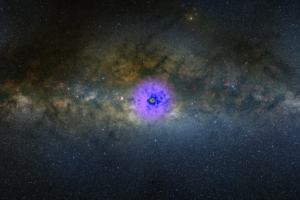 Deep Space
Deep Space
A recent study has tried to identify dark matter at the centre of our galaxy, but it appears neutron stars can account for their observations
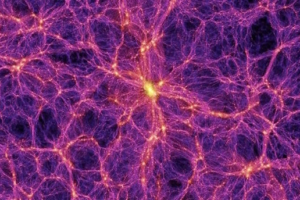 Deep Space
Deep Space
Researchers have used sophisticated computer simulations that could answer a burning question in astrophysics
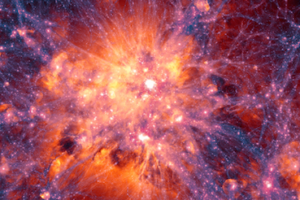 Deep Space
Deep Space
Ordinary matter, or ‘baryons’, make up all physical objects in existence, from stars to the cores of black holes
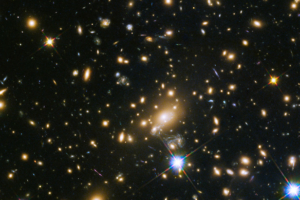 Deep Space
Deep Space
This massive blue star existed just 4.4 billion years after the Big Bang
 Astronomy
Astronomy
The material, known as a scintillator, could reveal the presence of light dark matter particles
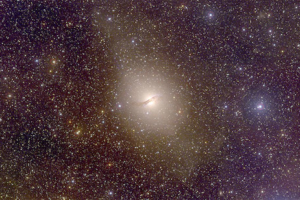 Deep Space
Deep Space
New studies of satellite galaxies in Centaurus A show results that challenge our current understanding of almost 27 per cent of the universe
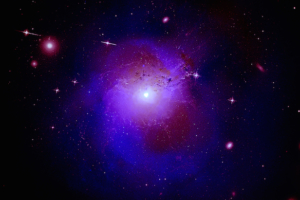 Deep Space
Deep Space
This study revealed that unusual X-ray results of galaxy clusters could be explained by dark matter
 News
News
We discover that dark matter may not be as real as it seems in the latest issue of All About Space, available now from all good supermarkets and newsagents
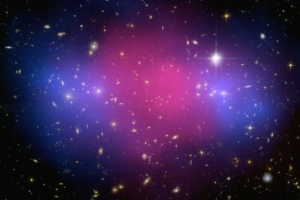 Deep Space
Deep Space
An international team of cosmologists have used data from the intergalactic medium – the vast, largely empty space between galaxies – to narrow down what dark matter could be
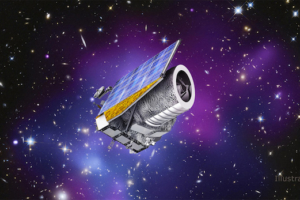 Space Exploration
Space Exploration
Three detector systems for the Euclid mission, led by the European Space Agency, have been delivered to Europe for the spacecraft’s near-infrared instrument
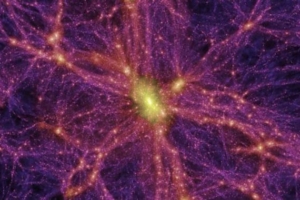 News
News
The study, which involves 13 galaxy clusters, explores the possibility that mysterious substance may be more ‘fuzzy’ than ‘cold’
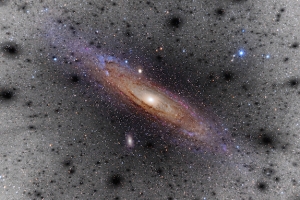 News
News
The discovery of two massive holes in a stream of stars could help answer questions about the nature of the elusive material